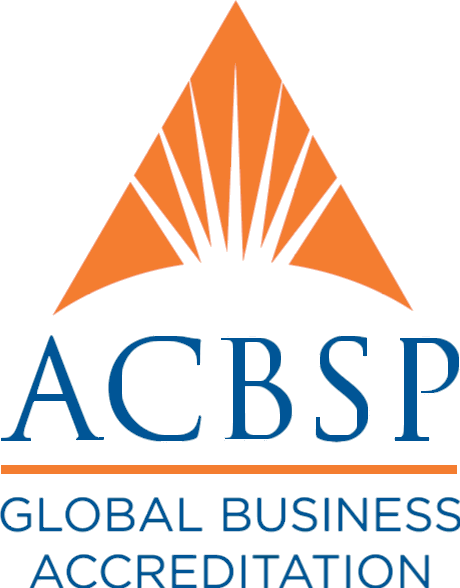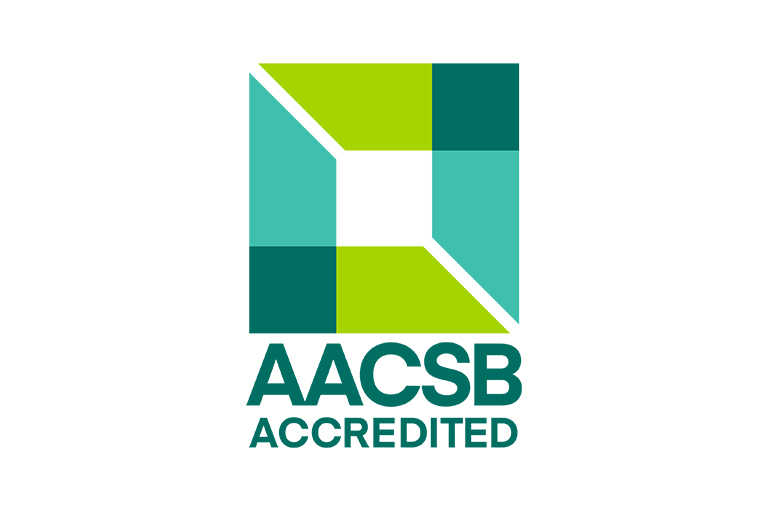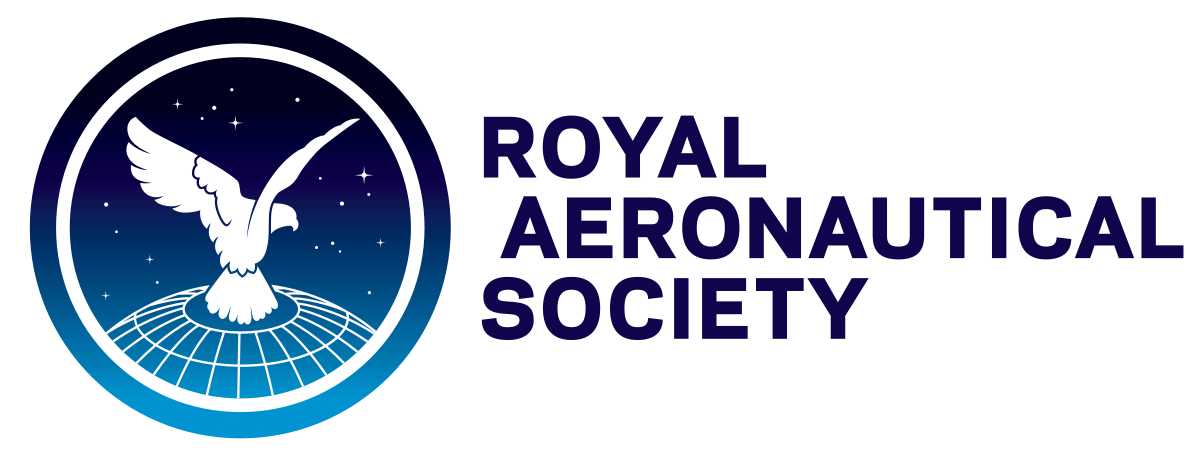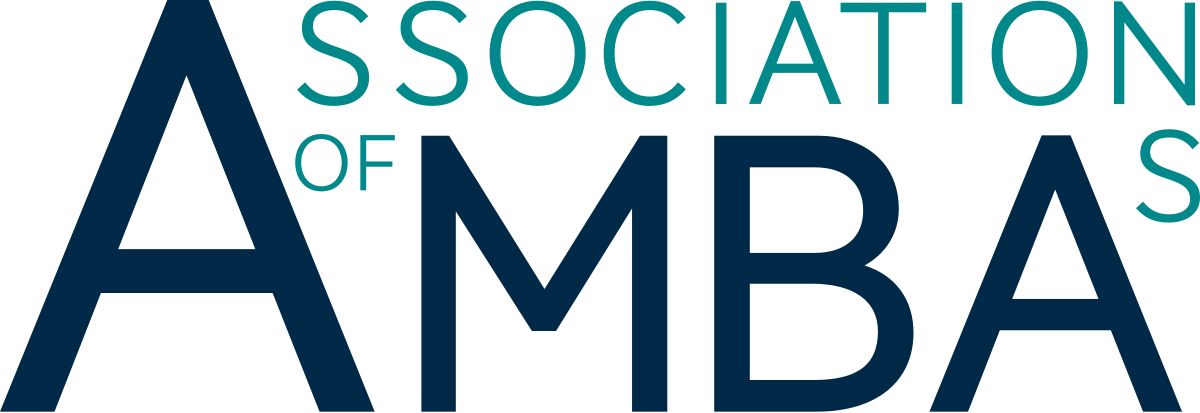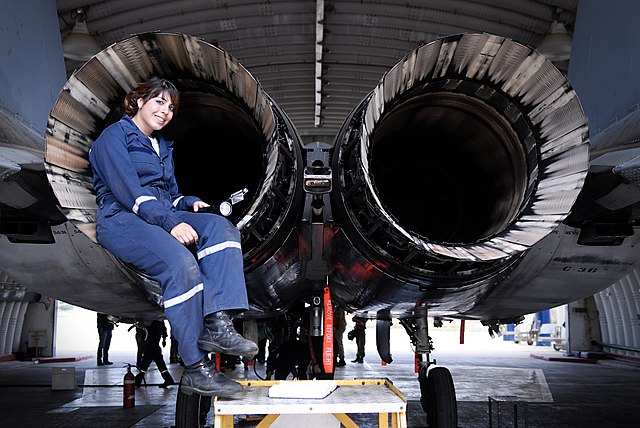Why a Supply Chain Manager is as crucial as a CEO
Supply Chain Management is the controlling of the flow of inventory, products, or services in your organization.
Notice how we say controlling? Because if you’re just managing it, then you’re not working on it. That means continuous improvement. You should never be just managing; you should be improving. Always.

Key Insights
- Efficiency: Supply Chain is the streamlining processes and optimizing of resources to achieve maximum productivity in supply chain management.
- Collaboration: Supply Chain highlights the importance of effective teamwork and cooperation among stakeholders.
- Adaptability: Supply Chain Managers know the need for flexibility and responsiveness to changing market dynamics and customer demands.
Supply Chain Operations is a fantastic way to learn how a business operates. Especially in aviation where every role is in supply. Aircraft manufacturing, Airline Operations and Airport Traffic management are all forms of Supply chains where competitive advantage is held.
So, we’re going to go on a slant here. And take it for granted that you know what a Supply Chain is (don’t worry this is also an SCM-101 article). But we also want you to think of SCM in a next level way.
Supply Lean & Six Sigma
If you are looking at a Supply Chain Management role or course, then you need to also carve out time for Lean Management or Six Sigma. You’ll thank me.
Because as soon as you have achieved foundational knowledge of your supply chain, you will soon realize that it’s not a static thing that is understood and put aside. It’s a fast-changing organism that does not care for your wishes for peace and tranquility.
Supply Chains are also QM (Quality Management). In QM there are only two rules.
- Rule 1 is Customer Value
- Rule 2 is Waste (or Error) management.

It all comes from the Toyota Production System, but it means we do everything we can on customer value. This is the main driver. And cut out everything else that’s wasteful in any way. If you do these things well, you need not worry about your competition or changes in the marketplace.
If you are an Airline, it’s obvious your driver is the passenger. Their journey and how they interact with your aircraft, staff and services is the supply chain. Same goes for Airports, the passenger journey is where the supply chain “rubber” meets the road. If you think of the supply chain in isolation, you are breaking rule one.
Rule two follows from rule one. All the failures to deliver on rule one is waste or errors that need to be eliminated.
Virtual Supply Chains
In manufacturing it’s easy to see and control the supply chain. Raw materials come in from the suppliers. They enter the shop floor and start the journey toward becoming a final product. We control this process as best we can, using Takt Time and production resources as we finely tune our operations so we can make a profit while building the best products we can.
Supply Chains are vital because they help us achieve this on a day-to-day basis as we deal with change. And change comes like a bull into a China shop. Staff turnover, machine breakdowns, a new CEO with new product ideas all arrive to take our well-laid plans and fire them into the surface of the sun.
So, if your supply chain rules are not driven by customer value, then anything can happen. All of it bad. If you’re busy just thinking about change and how you can improve the chain by X%, and not its effect on the customer values, you need to stop right there and have a rethink.
Because when change happens, we should cling tightly to customer demands as if they are the fiery torches that lead us from the caves of deep despair when non-customer focused change hunts us down. And devours us with waste, error, and risk. Over time this gets compounded as the Risk grows. And Risk loves nothing more than time and money.
Supply Chain & Sustainability
And it’s not just continuous improvement that we need to watch. We need to ensure our Environmental, Social and Governmental (ESG) policies are also satisfied. Especially in areas such as Carbon emissions and offsets. Fuel efficiency (CO2), Equality and Financial Compliance Management (IRFS 16).
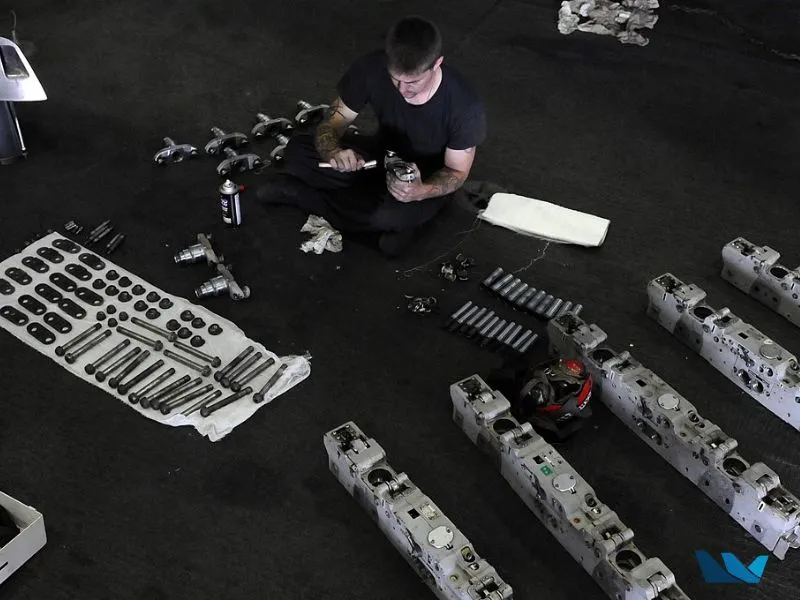
Aviation, above all industries, suffers from Compliance, Quality and Regulatory straightjackets that frighten senior management so much that anything that looks like a deviation from a manual must be approved by the CEO, The President and God. For fear that a rule, be skirted or broken.
The fear that the FAA (or EASA in the EU) will break down your door with regulation appendices that make your head spin. Security is also an issue in Aviation supply chains. In 2021, an estimated USD $11 billion dollars’ worth of materials or assets were stolen from Airline and Freight Supply Chains.
A remarkable 70% of this was attributed to organized criminals using the assistance of insider threats (staff members). This is also true of technology driven or data service supply chains where information and metrics can be much more valuable than brown boxes. And these criminals are much harder to detect and catch.
Supply Fundamentals
There are several great courses for Aviation staff in Supply Chain Management, as well as Lean and Six Sigma education. Do yourself a favor and check the syllabus to make sure there is a Quality module in the course. There should be and if not, I would walk away. We also highly recommend you get the Lean Black Belt if possible.
Any Diploma level course should deliver enough credits to be deemed black belt. There is no formal Black Belt award (or an actual belt). Just confirm with your education provider that the course is deemed at that black belt level.
Course accreditation is also key. There are a lot of organizations in aviation that validate courses and institutes. Below is a grid to get your started. Make sure your course is recognized.
Supply Chain Training Accreditation
Supply Chain Strategy
Supply chains are all about strategy. Your chain should be designed and controlled in a way that delivers on the two rules of customer demand and waste management. And you should spend most of your time auditing demand management to make sure changes are not undermining your work.
And use metrics. Supply Chain Management programs (and Quality Management) are nothing without metrics. Business performance depends on whether what you planned to do is what you are actually doing. Each year and each quarter.
Parts Sourcing
Where you get your raw materials (or services or information) is critical. Without these or even with significant delays it won’t matter what you plan to do in-house. Use suppliers you trust and who are the most accredited. Never go on price (alone) or else you’re dead.
It might give your metrics a short-term boost, but if they are in the price-cutting business then their business is quality cutting too.
Supply Chain Production
Production is where you spend all your time. Standard Work (SW) processes, QM steps and Lean management tools and hunting down and killing the change agents at every coffee break. Just think with a “1%” mentality. If you can make 1% change every day, in a month you will have made 30% change. Change is compounded.
Never look for your efforts to show you a return daily. And make sure your workers know this. They are doing the demanding work of delivering on the changes. If they don’t know about Lean or Customer value, then you may as well not even start.
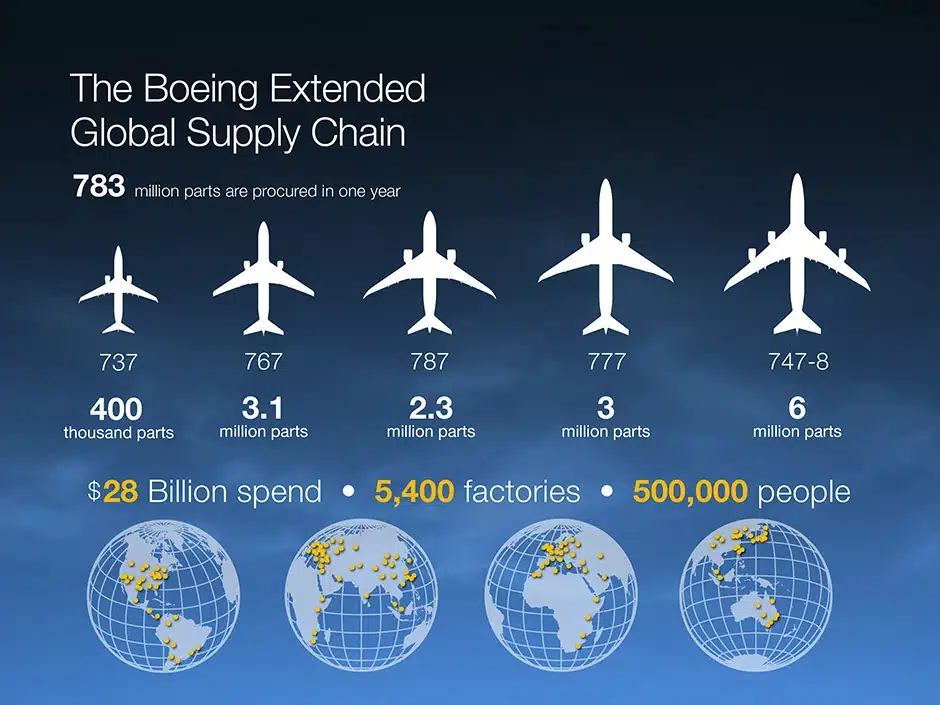
Distribution
Distribution is big in manufacturing. But also in technology where this means Ux or customer platforms. Either way, these are the products or services you deliver to the customer in ways that satisfy bottom line, ESG, security as well as anticipate change. There is great software and online systems that can help you here. Streamlining, tracking, and reporting in as much “real-time” as possible is key.
But here is where your lean efforts will be concentrated the most.
Technology
There is a downside to supply chains. You can be lumped in with a lot of things that don’t add value to the chain and can divert you from your customer mission. Security is a good example. Sustainability is another. Suppliers changing in manufacturing yet another. Especially in 2022 where the cost of everything is up 30%.
But don’t condemn these issues. In conflict we learn the most about the things that we do. It is in these times that interesting things can happen. Examining the Secure Supply chain can throw up areas of efficiency you never could have foreseen. Looking at CO2 emissions and sustainability can help you show your customer how well you are doing in that area which can skyrocket loyalty.
You can also use it as a stick to beat the suppliers into behaving in ways that can support you in these same areas. ESG is not just a demand for resources but can be a mine of savings. There is also enormous government support in these areas.
So go forth. Design and implement your Supply Chain Management Program. Become a supply chain leader and control your inventory and procurement. But always keep customer satisfaction at the forefront of your mind, or your just wasting your time.



